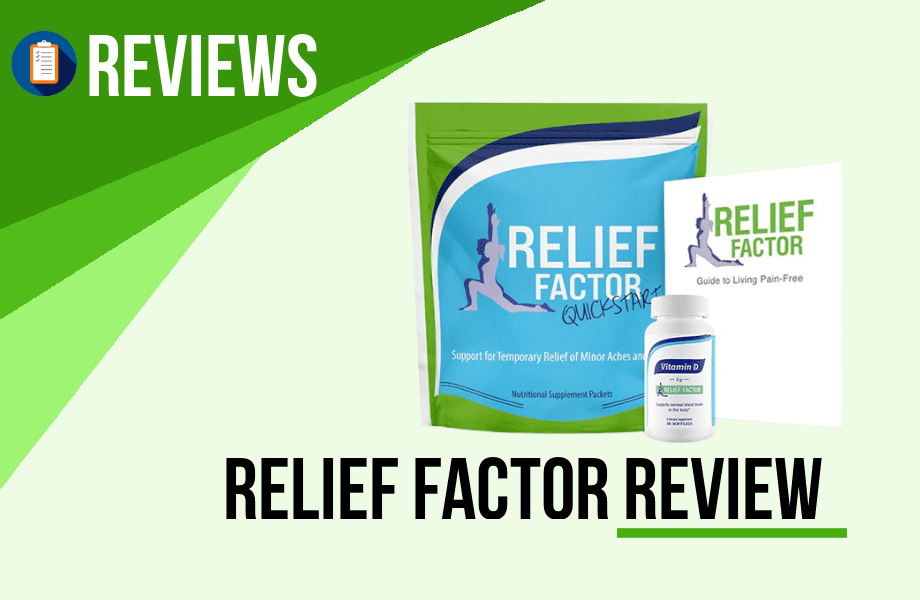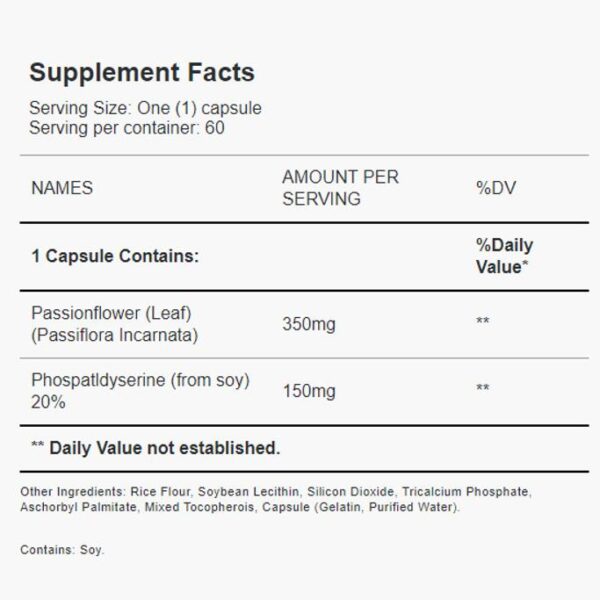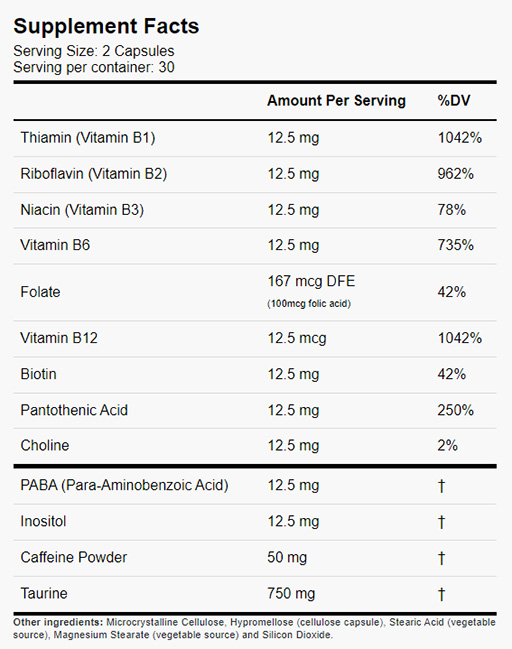What Is Better Than Relief Factor

Chronic pain is a relentless adversary, impacting the lives of millions and driving a multi-billion dollar industry of remedies. From over-the-counter medications to prescription drugs and alternative therapies, individuals seek respite from persistent aches and discomfort. The popularity of supplements like Relief Factor highlights the desperation for effective, accessible pain management solutions.
But amidst the marketing claims and anecdotal evidence, a critical question arises: what truly offers superior, sustainable relief from chronic pain beyond the promises of a single supplement? This article delves into evidence-based strategies and holistic approaches that surpass the limitations of singular products, focusing on comprehensive lifestyle changes and proven medical interventions for long-term pain management.
Understanding the Landscape of Pain Management
Chronic pain is a complex issue, stemming from diverse sources such as arthritis, nerve damage, injuries, and underlying medical conditions. Managing it effectively requires a multifaceted approach that addresses the root cause while alleviating symptoms.
Relief Factor, a popular dietary supplement, markets itself as a natural anti-inflammatory solution. Its formula typically includes ingredients like fish oil, turmeric, and other botanical extracts. While some individuals report experiencing benefits from these ingredients, it's crucial to examine the broader scientific evidence and alternative strategies.
Beyond Supplements: A Holistic Approach
True pain management extends beyond a single pill or supplement. A holistic approach considers the interconnectedness of physical, mental, and emotional well-being.
The Power of Physical Therapy
Physical therapy is a cornerstone of effective pain management, particularly for musculoskeletal conditions. A skilled physical therapist can assess movement patterns, identify areas of weakness or imbalance, and develop a personalized exercise program.
These programs focus on strengthening muscles, improving flexibility, and restoring proper joint mechanics. Studies consistently show that physical therapy can significantly reduce pain and improve function for conditions like back pain, osteoarthritis, and fibromyalgia.
The Role of Exercise
Regular exercise is a powerful tool in combating chronic pain. While it may seem counterintuitive to exercise when in pain, appropriate exercise can actually reduce pain sensitivity and improve overall physical function.
Low-impact activities such as walking, swimming, and cycling are excellent options. Yoga and Tai Chi can also be beneficial, promoting relaxation, improving flexibility, and reducing stress, all of which contribute to pain management.
The Importance of Diet and Nutrition
Diet plays a crucial role in inflammation and pain perception. An anti-inflammatory diet, rich in fruits, vegetables, whole grains, and healthy fats, can help reduce systemic inflammation and alleviate pain symptoms.
Conversely, a diet high in processed foods, sugar, and unhealthy fats can exacerbate inflammation and worsen pain. Consulting a registered dietitian can help individuals develop a personalized dietary plan to support their pain management goals.
Mind-Body Techniques for Pain Relief
Chronic pain often has a significant psychological component. Stress, anxiety, and depression can amplify pain signals and create a vicious cycle of suffering.
Mind-body techniques such as meditation, mindfulness, and deep breathing exercises can help individuals manage stress, reduce pain perception, and improve their overall quality of life. These practices promote relaxation, increase body awareness, and help individuals develop coping mechanisms for managing pain.
Medical Interventions: When More is Needed
While lifestyle modifications are essential, some individuals may require medical interventions to manage their chronic pain effectively. These interventions should be considered as part of a comprehensive treatment plan.
Medications: A Balanced Approach
Pain medications, including over-the-counter analgesics and prescription drugs, can provide temporary relief from pain. However, it's crucial to use these medications judiciously and under the guidance of a healthcare professional.
Long-term use of certain pain medications can lead to side effects and dependence. A healthcare provider can help individuals explore different medication options and develop a safe and effective medication regimen.
Advanced Therapies: Targeting the Source
For individuals with severe or persistent pain, more advanced therapies may be considered. These therapies include nerve blocks, injections, and surgical interventions.
Nerve blocks involve injecting medication near a specific nerve to block pain signals. Injections, such as corticosteroid injections, can reduce inflammation and pain in joints and tissues. Surgical interventions may be necessary for certain conditions, such as herniated discs or spinal stenosis.
The Value of a Multidisciplinary Approach
The most effective pain management strategies often involve a multidisciplinary team of healthcare professionals. This team may include physicians, physical therapists, psychologists, and other specialists.
Working together, these professionals can develop a comprehensive treatment plan that addresses the individual's specific needs and goals. This collaborative approach ensures that all aspects of pain management are addressed, leading to better outcomes.
Dr. Emily Carter, a pain management specialist at the Mayo Clinic, emphasizes the importance of personalized care. "There is no one-size-fits-all approach to pain management," she states. "Each individual's pain experience is unique, and treatment plans should be tailored to their specific needs and circumstances."
Navigating the Marketing Hype
The market for pain relief products is saturated with misleading claims and unsubstantiated promises. It's crucial to be a discerning consumer and critically evaluate the information presented.
Be wary of products that promise miraculous cures or quick fixes. Look for evidence-based information from reputable sources, such as medical journals and professional organizations. Consult with a healthcare professional before starting any new treatment or supplement regimen.
“The allure of a simple solution to chronic pain is understandable, but rarely realistic. Sustainable relief requires a commitment to lifestyle changes and, often, professional guidance.” – Dr. David Miller, Director of Pain Management at Stanford Health Care.
Looking Ahead: The Future of Pain Management
The field of pain management is constantly evolving, with ongoing research into new therapies and approaches. Advances in neuroscience, genetics, and technology are paving the way for more targeted and personalized treatments.
One promising area of research is the development of non-opioid pain medications. These medications aim to target pain pathways without the risk of addiction and side effects associated with opioids.
Ultimately, the pursuit of effective pain management is a journey that requires patience, persistence, and a willingness to explore different options. By embracing a holistic approach and working closely with healthcare professionals, individuals can find lasting relief and improve their quality of life.
![What Is Better Than Relief Factor Relief Factor review - 7 facts you should know [OCTOBER 2022]](https://nebula.org/blog/wp-content/uploads/2022/10/relief-factor-ingredients-1024x540.png)

















